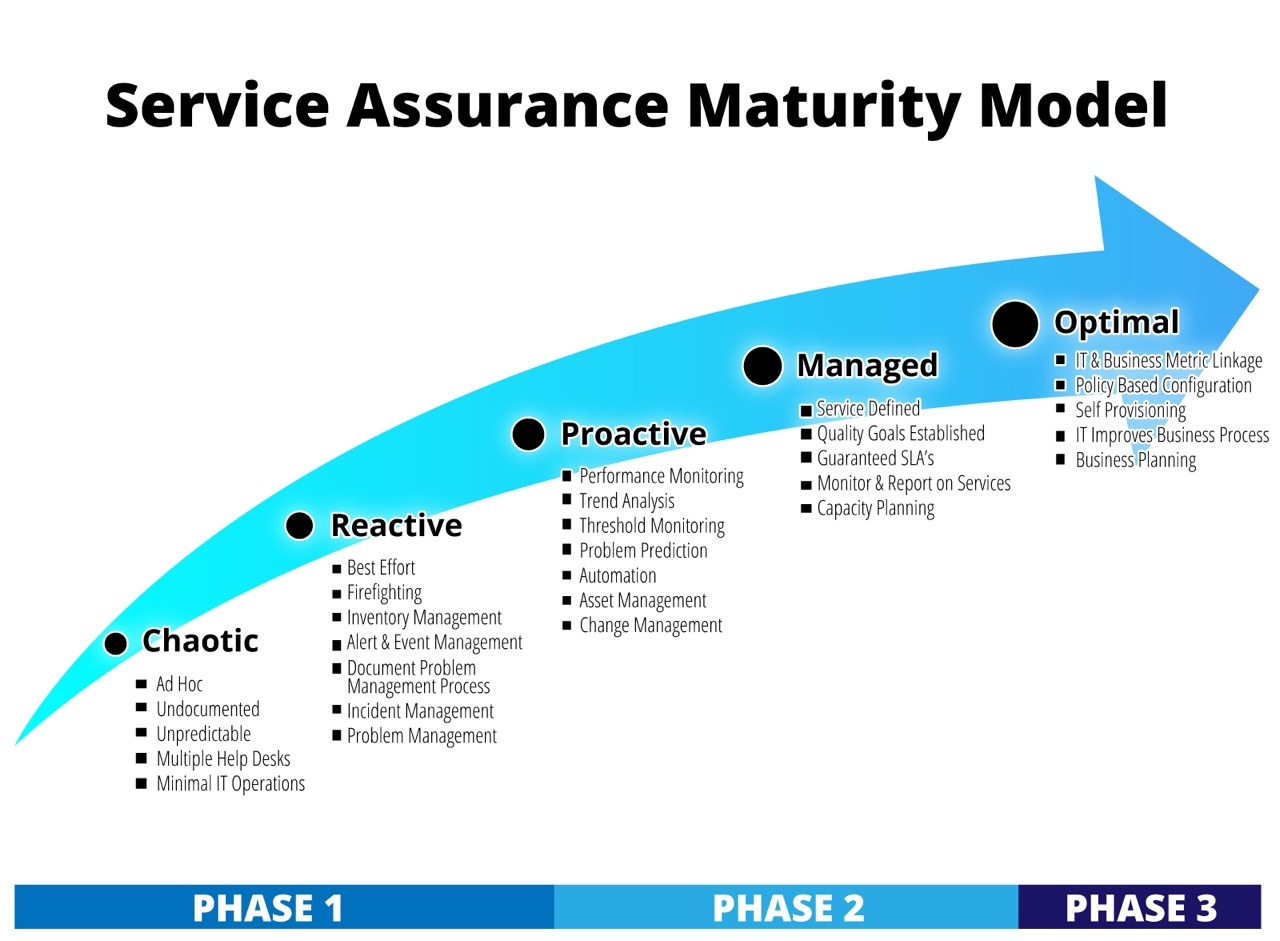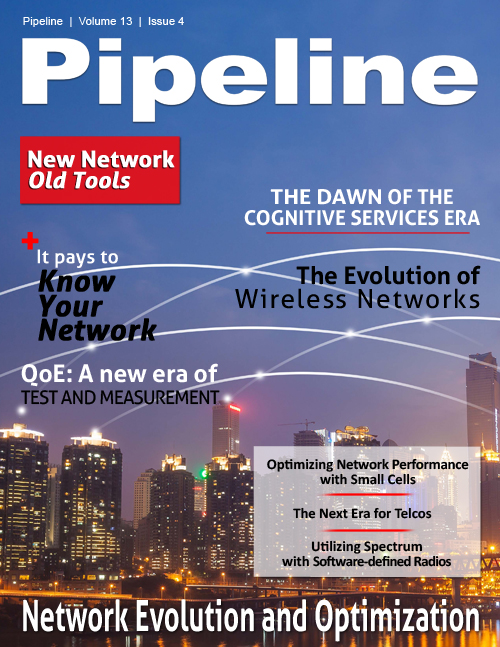New Network, Old Tools? A Systematic Approach to Supporting The Network of Change
Supporting the Network of Change
Networks are alive with change. To meet customers’ demands and stay ahead of the competition, hardware and software developers are driving unprecedented advancements in how we communicate. Likewise, it is up to the managers of these networks to support their customers as well as their business.
New Application Monitoring Tools Can Predict the Future
The reliance on IP-based applications in the enterprise, not to mention those relied upon by consumers, is increasing rapidly. And with this rise in application use comes ballooning amounts of application traffic volumes on the network. As the traffic increases, applications need to be monitored closely to ensure QoS. Modern service assurance tools can use real-time and historical analytics to identify, isolate and resolve problems before they impact the business. A converged service assurance solution can monitor and manage across networks and services.Network Management Tools Can Help You Dig into Rich Data
Customer demand for data is requiring companies to grow their networks. Having fail-over or alternative paths and providing QoS is mandatory as networks scale.
The network can provide a rich source of data for an organization. Companies have to capture this data to analyze the customers’ use and prepare for the next demand of service and predict where to invest in their network. Five to ten years ago, companies only focused on whether the network was up or down and were reactive to its current state. Now, NOC managers have to be more proactive. Instead of consuming network data as if it is stand-alone, organizations need network management and monitoring tools that help them mesh network data with other types of data to make it more usable. Network topology information and customer information are just a couple of examples. When an alarm comes in from the network or some fault happens, you need to know if the customer affected is a premium customer.With intelligent network tools, aggregated data can not only help managers be more proactive, but can help executives define strategy.
Unified Tools for the Rollout of Virtualization
Network virtualization is being touted as a game-changer for the telecom industry; enabling CSPs break through revenue ceilings by offering tiered services at tiered pricing. Differentiating services to different classes of customers is not easy, cheap or practical in a non-virtual network environment. And although virtualization may be the holy grail of higher revenues, it’s not going to happen overnight. Networks will be a hybrid of virtual and non-virtual and, thus, more complex to service and manage. Service assurance platforms need to be able to manage virtual and non-virtual networks side-by-side; monitoring new control processes introduced by SDN/NFV while tracking hard-coded and custom processes of older systems.
Moving from Chaos to Calm – A Process Approach
When looking at how and if you are able to properly service your network, the most important data point is whether or not your customers are getting the services they want, when they want them and need them. It’s no longer about the network, but about your customers.
gen-E has developed a network management tools maturity model used to help clients understand where they are today and where they need to go. The model has three distinct phases (Fig. 1). As organizations add and upgrade Service Assurance and ITSM tools, they move from a highly reactive to a highly managed environment.

Fig. 1 - Network Management Tools Maturity Model from gen-E


















